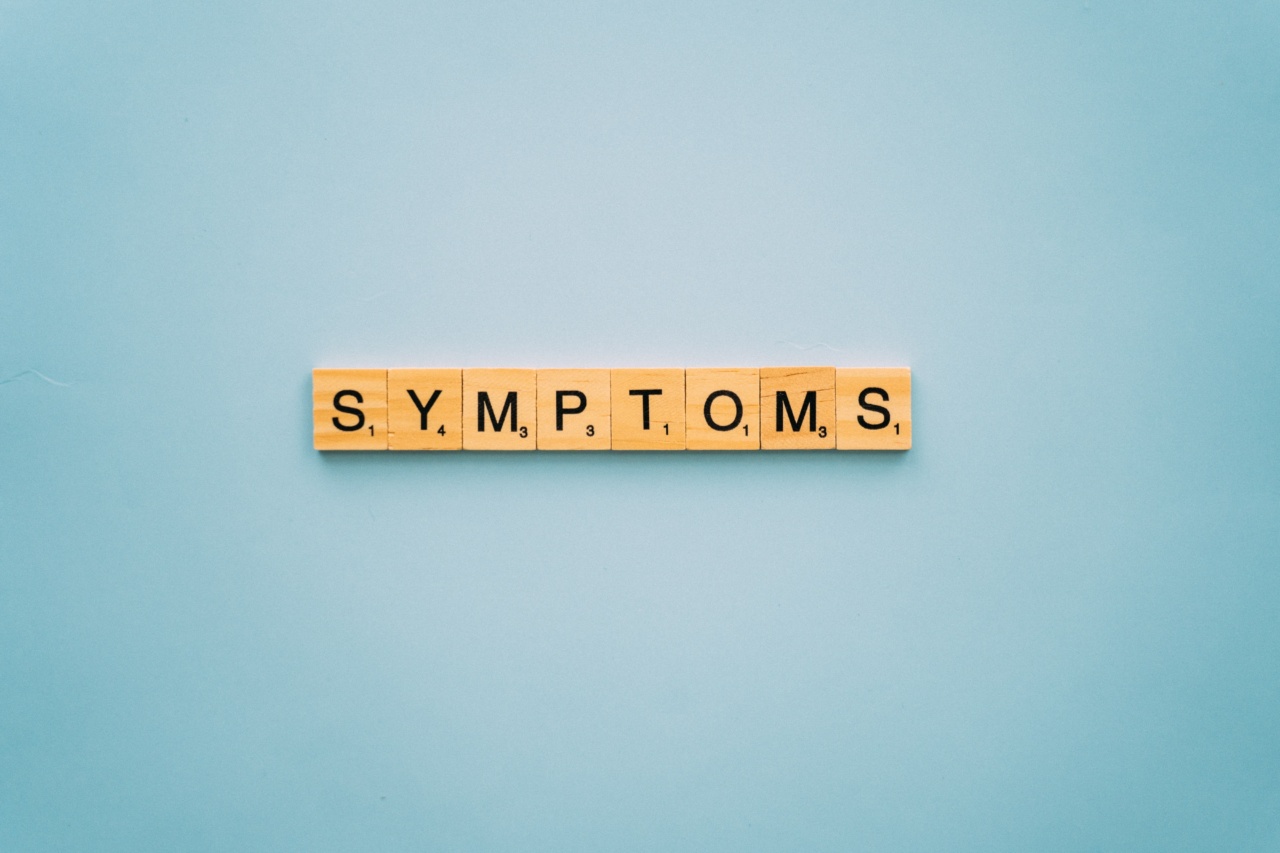Parkinson’s disease is a neurodegenerative disorder that affects movement and can worsen over time.
It is important to be aware of the signs and symptoms of Parkinson’s so that you can take appropriate action and seek medical advice if needed. While these symptoms can vary from person to person, there are some common signs that should not be ignored. In this article, we will discuss the key signs and symptoms of Parkinson’s disease.
Tremors
One of the most well-known symptoms of Parkinson’s disease is the presence of tremors. Tremors usually start in one hand and can progress to other parts of the body. These tremors may be more noticeable at rest and can worsen with stress or anxiety.
The shaking is often described as a pill-rolling tremor, where the thumb and forefinger rub together in a back-and-forth motion.
Bradykinesia
Bradykinesia refers to the slowness of movement often associated with Parkinson’s disease. Activities that were once easy and quick, such as getting dressed or eating, may become increasingly more difficult and time-consuming.
This symptom can also manifest as a general feeling of stiffness or lack of coordination in the limbs.
Rigidity
The muscles of individuals with Parkinson’s disease may become stiff and rigid. This rigidity can contribute to a decreased range of motion and difficulty with tasks that involve fine motor skills.
The stiffness can affect various parts of the body, including the arms, legs, and even the face.
Postural Instability
Another important symptom to watch out for is postural instability. This refers to the impaired balance and coordination that can occur in individuals with Parkinson’s.
They may have difficulty maintaining a steady posture and may experience falls or a frequent need to hold onto objects or other people for support.
Gait and Speech Changes
People with Parkinson’s disease often experience changes in their gait and speech. Their steps may become shorter and shuffling, making it harder to walk fluidly.
Additionally, their speech may become softer and more monotone, with a loss of inflection. Speech difficulties can also lead to problems with swallowing and drooling.
Mood Changes
Parkinson’s disease can also affect a person’s emotional well-being. Many individuals with Parkinson’s experience mood changes, including depression and anxiety.
These changes can be caused by chemical imbalances in the brain as well as the challenges and limitations posed by the disease itself.
Sleep Disorders
Sleep disturbances are common among people with Parkinson’s disease. They may experience difficulties falling asleep, staying asleep, or suffer from daytime sleepiness.
Rapid eye movement (REM) sleep behavior disorder, where individuals act out their dreams, is also commonly seen in Parkinson’s patients.
Loss of Smell
An early sign of Parkinson’s disease that often goes unnoticed is a loss of smell. Individuals may have difficulty identifying or distinguishing certain odors.
A decreased sense of smell can precede other symptoms of Parkinson’s by several years.
Cognitive Impairment
While Parkinson’s disease primarily affects movement, it can also lead to cognitive impairment over time.
People with Parkinson’s may experience memory loss, difficulty concentrating, and problems with executive function, which can impact decision-making and problem-solving abilities.
Autonomic Dysfunction
Parkinson’s disease can also affect the autonomic nervous system, which regulates involuntary functions of the body.
This can result in symptoms such as constipation, urinary problems, low blood pressure, and a decreased ability to control body temperature.
If you or someone you know is experiencing any of these signs and symptoms, it is important to consult a healthcare professional for an accurate diagnosis.
While Parkinson’s disease is a progressive condition, early intervention and management can help improve quality of life and slow down the progression of the disease.



























